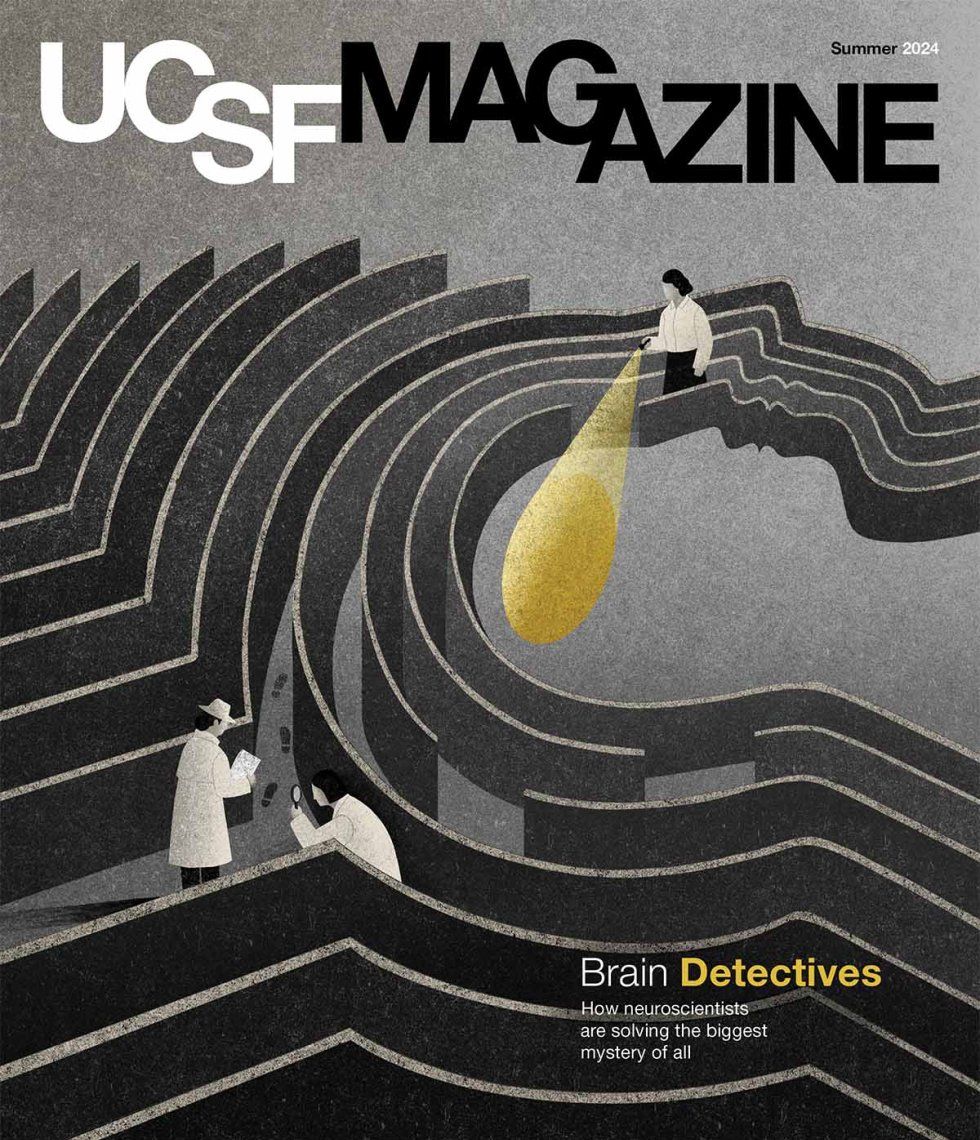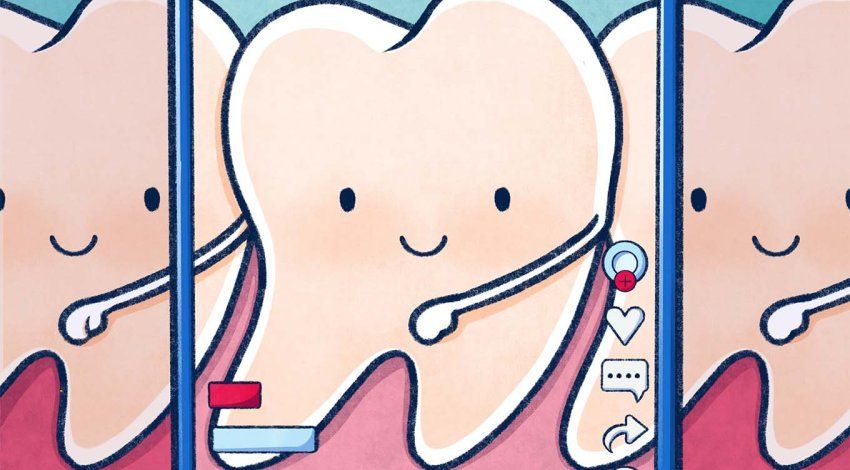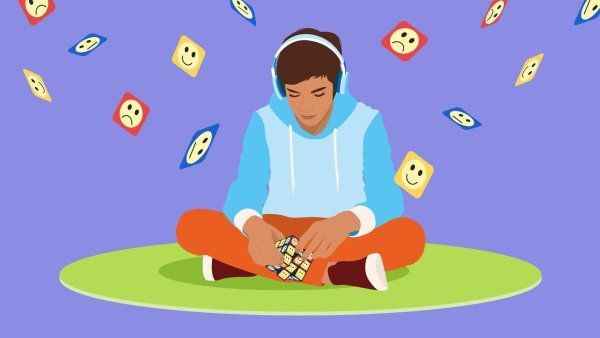
Are Any Childhood Medical Myths Actually True?
Health advice doled out to children can blur the lines between reality and superstition.
Animation: Farah Hamade
Whether it’s a cautionary anecdote exchanged at the playground or advice murmured by a doting grandparent, children encounter a range of medical beliefs and misbeliefs. We asked our experts if any of this advice holds up.
Myth #1
Ginger ale helps a stomachache.
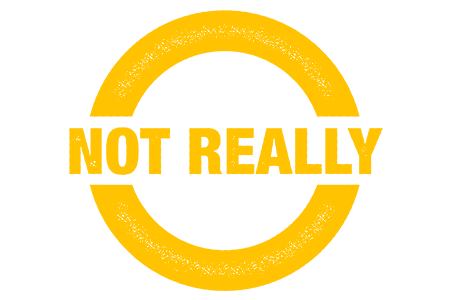
Got a bellyache? Think twice before reaching for a ginger ale, as you’re likely opting for artificial flavor over real ginger.
“When it comes to nausea, ginger does have some benefits,” says UCSF pediatrician Jason Nagata, MD ’13. “But most commercial ginger ales don’t contain ginger. And the ones that do are usually full of sugar, which can further upset your stomach,” he adds.
“Unsweetened ginger tea might be a better option,” adds Danica Cowan, MS, RD, an integrative dietitian at the UCSF Osher Center for Integrative Health.
Myth #2
If you sit too close to the TV, you’ll hurt your eyes.
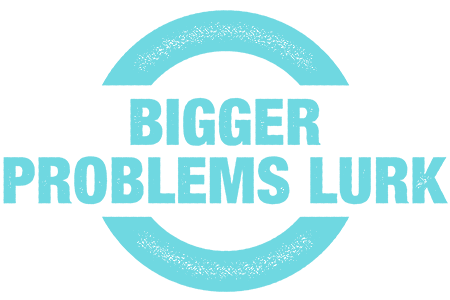
Studies have shown mixed results, says Nagata. Most have concluded that watching a moderate amount of television, even at a close distance, doesn’t affect vision (though if a child sits very near the TV, that might indicate an existing vision issue that should be addressed). However, too much television could lead to temporary eye strain.
The real red flag? The indirect effects of prolonged screen time.
“Unfortunately, during the pandemic, screen time skyrocketed. One study showed screen time doubled from about four hours a day to eight. That was just recreational screen time – not including schoolwork. If a child is in front of screens for eight hours, that’s time they’re not doing something else,” says Nagata.
Although some screen time is unavoidable, it can offer benefits, he continues. “People can take part in online exercise classes or play video games that encourage exercise. You can use screens in a way that promotes health.”
Myth #3
Carrots help your eyes – but if you eat too many of them, you’ll turn orange.
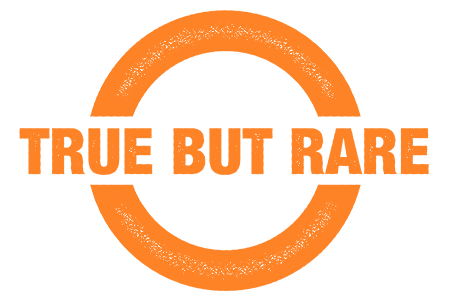
“Carrots are a good source of vitamin A, which is a nutrient that’s good for your vision,” Nagata says. “And if you cut out foods in your diet that have vitamin A, that can lead to vision impairment. I remember taking care of one teenager who only ate Chicken McNuggets and wouldn’t touch any fruits or vegetables. They actually did get vitamin A deficiency and had visual repercussions.”
But, he adds, “although it’s rare, eating too many carrots can turn your skin to an orange color, due to excess beta-carotene – a pigment found in fruits and vegetables like carrots and sweet potatoes. The condition is called carotenemia.”
Myth #4
If you swallow gum, it stays in your stomach for seven years.
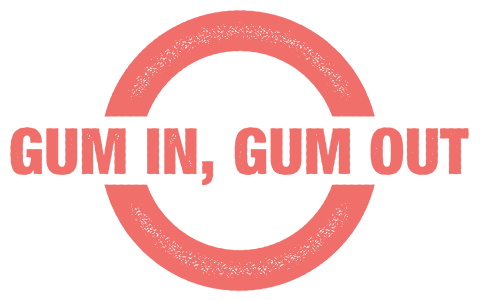
Chewed-up gum can stick to shoes, walls, or desks. Once it’s stuck, it can seem immovable.
Fortunately, this doesn’t apply to our insides, Nagata says.
“For most people, gum will pass easily through your stomach within 30 minutes to two hours. Gum generally does not stick to your stomach or adhere to intestinal walls. You’ll excrete it out as you do other foods – about two to five days later,” he explains.
Myth #5
Wait 30 minutes between eating and swimming.

The good news for those impatient to get back in the water: There’s no medical foundation for this advice.
“I think the myth was, if you swim right after you eat, blood circulation gets diverted into your gut, and you can get tired and are more likely to drown,” Nagata explains. But actually, he continues, “you’re not at a higher risk of drowning or your other muscles becoming weak if your body focuses on digestion.
“That said, it may be uncomfortable to engage in exercise immediately after eating because of feeling full or bloated. But it’s not dangerous,” he emphasizes.
Myth #6
Oily food gives you acne.
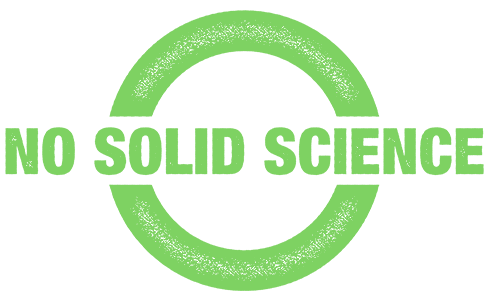
This is mostly a myth – with caveats, says Nagata. “There is no strong evidence that consuming oily foods causes acne. Factors such as hormonal changes, inflammation, genetics, and bacteria are more important,” he explains. “Acne tends to be an inflammatory condition. Foods high in carbohydrates or sugars could increase inflammation and subsequently exacerbate acne. However, studies linking diet to acne have reported mixed findings.”
Nagata advises people concerned about acne to talk to their doctor. “There are many different treatment options available. The most effective way of getting rid of your acne is to take a medicine that’s designed for it,” he says.
Myth #7
Chicken soup cures a cold.
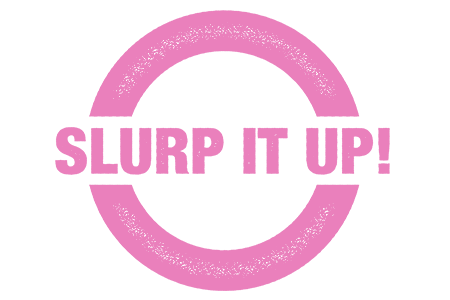
Your grandmother may not have picked up a carton of bone broth at the supermarket, but her suggestion of a steaming bowl of pho, ramen, or chicken soup is one age-old remedy that carries validity.
Cowan, the dietitian, says, “Soups are easy to eat and have protein and minerals – especially when you swap the noodles for extra vegetables – and the steam and warmth help congestion.”
Food as medication is also among the principles of Ayurvedic medicine, one of the world’s oldest whole-body healing systems. The precept stems from the belief that health and wellness are based on balancing the body and the environment, says Anand Dhruva, MD, a medical and integrative oncologist at the UCSF Osher Center.
If you have a cold with heavy mucus, you’d need the opposite qualities to promote healing – such as warming or spicy foods, he explains. “If I am starting to feel congested, I take those remedies right away. Sometimes, I find I can even avert developing a full-blown cold.”
Turmeric is one of those warming spices and has been shown to have antioxidant and anti-inflammatory properties; it is an established go-to in Ayurvedic medicine. Radiation oncologist Kavita Mishra, MD ’02, MPH, Osher’s clinical director, recalls her mother handing her a glass of hot milk with turmeric whenever she was sick.
“Fast forward several decades, and now there is significant data around turmeric,” she says. “Our ancestors knew that nature could help heal us. Our current language of medicine is helping us learn why.”

